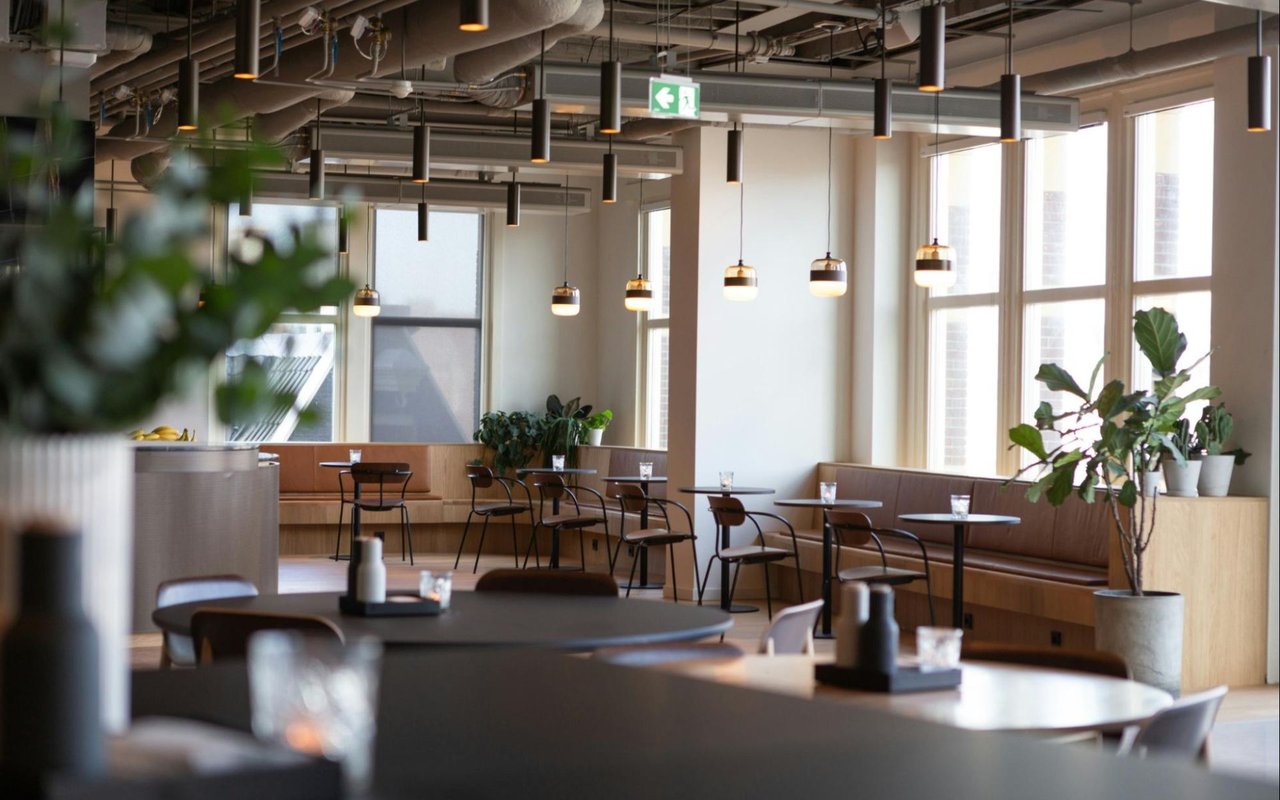When it comes to home design, color is more than just an aesthetic choice—it’s a powerful tool that affects mood, perception, and even the functionality of a space. Understanding how color influences these elements allows homeowners to make informed choices that enhance their living environments. This blog explores the psychology of color, room-by-room recommendations, and tips for selecting the perfect paint tones that align with your goals for each space.
Understanding Color Psychology
Color psychology delves into how different hues affect emotions and behaviors. By selecting colors that align with the purpose of each room, you can create a cohesive home environment that feels intentional and harmonious. Here’s a breakdown of popular colors and the moods they tend to evoke:
- Blue: Known for its calming effects, blue is ideal for spaces where relaxation is key. It’s commonly used in bedrooms and bathrooms.
- Green: Often associated with nature, green can evoke a sense of renewal and balance, making it a good choice for offices and living rooms.
- Yellow: Bright and energizing, yellow is known to uplift and inspire. It works well in kitchens and dining areas, where energy and warmth are desired.
- Red: Red is intense and attention-grabbing, often associated with passion. It can work in dining rooms or entryways but may be too stimulating for bedrooms or relaxation areas.
- Gray and Neutral Tones: Neutral colors like gray, beige, and taupe offer versatility, serving as a backdrop that allows other design elements to shine. They’re suitable for almost any room, especially shared spaces like living rooms.
Selecting the Right Paint Tones for Specific Rooms
To achieve a harmonious flow throughout your home, it’s essential to think about each room’s purpose and the kind of atmosphere you want to create.
1. Living Room
The living room is typically a social space where people gather, making it an ideal place for warm, welcoming tones. Earthy colors like soft greens, warm grays, or muted blues can create a cozy, inviting atmosphere. For those wanting a more neutral palette, shades of beige or off-white serve as excellent bases that you can accent with colorful furniture or decor.
If your living room doubles as a place of relaxation, consider cooler tones like light blues or grays. These colors can instill a sense of calm while still being versatile enough to complement various decor styles.
2. Kitchen
Kitchens are high-energy spaces where people gather, cook, and often eat. Colors that stimulate appetite, such as yellow, orange, or even red, can be great options. Yellow, in particular, can create a bright, cheerful ambiance, enhancing the warmth of natural lighting or pairing well with accent lighting.
If you prefer a more modern look, shades of gray or muted greens can give a sophisticated edge without overpowering the space. Pairing neutral walls with vibrant cabinetry or tiling can add visual interest without overwhelming the room’s functionality.
3. Dining Room
The dining room is a space for communal meals and celebrations. Red is a classic choice for dining rooms as it’s known to stimulate appetite and encourage lively conversation. However, if red feels too bold, you can achieve a similar effect with rust or terracotta shades.
Alternatively, rich, dark tones like navy or forest green can create an elegant, intimate atmosphere ideal for evening gatherings. These deeper colors add a sense of sophistication and make dining feel like an event, even on casual nights.
4. Bedroom
Bedrooms are personal retreats where relaxation is paramount, making cooler colors like blue and green ideal choices. Soft blues and greens are associated with tranquility, aiding in restful sleep. If you prefer neutral shades, consider warm grays or taupe, which offer a calming backdrop without being stark.
Accent walls can work well in bedrooms to add visual depth and interest. For example, a deeper shade on one wall behind the bed can create a sense of coziness without darkening the entire room.
5. Bathroom
Bathrooms benefit from colors that evoke cleanliness and relaxation. Light blues, greens, and even whites are popular choices for bathrooms as they suggest freshness and purity. Soft gray can also be a sophisticated choice, adding depth without being too bold.
If your bathroom has limited natural light, using lighter tones can help make it feel larger and brighter. Consider experimenting with accent colors in your towels or decor items for a pop of personality without overwhelming the space.
6. Home Office
With more people working from home, creating a productive yet comfortable office environment has become crucial. Blues and greens work well in home offices because they promote focus and calm. A blue or green accent wall can inspire productivity, while neutral tones for the remaining walls maintain a balanced atmosphere.
For those looking to add a bit more energy to their workspace, muted yellows or earthy tones can offer warmth and a subtle boost in creativity. Avoid overly dark shades, as they can make the room feel cramped and hinder concentration.
The science of color is a valuable guide for creating a home that feels balanced, harmonious, and uniquely yours. By understanding the psychology of different hues and considering the specific functions of each room, you can select paint colors that enhance the atmosphere and purpose of your living spaces. Whether you’re looking to cultivate calm, inspire creativity, or foster warmth, the right color choice can make all the difference. So, take the time to explore, test, and experiment, and watch as your home transforms into a reflection of your personality and lifestyle.
Contact Noa Levy Today
For expert assistance in your journey to buy a dream house and to explore real estate in Austin, TX, contact Noa Levy today. Start your path to homeownership with confidence by reaching out to Noa Levy.




